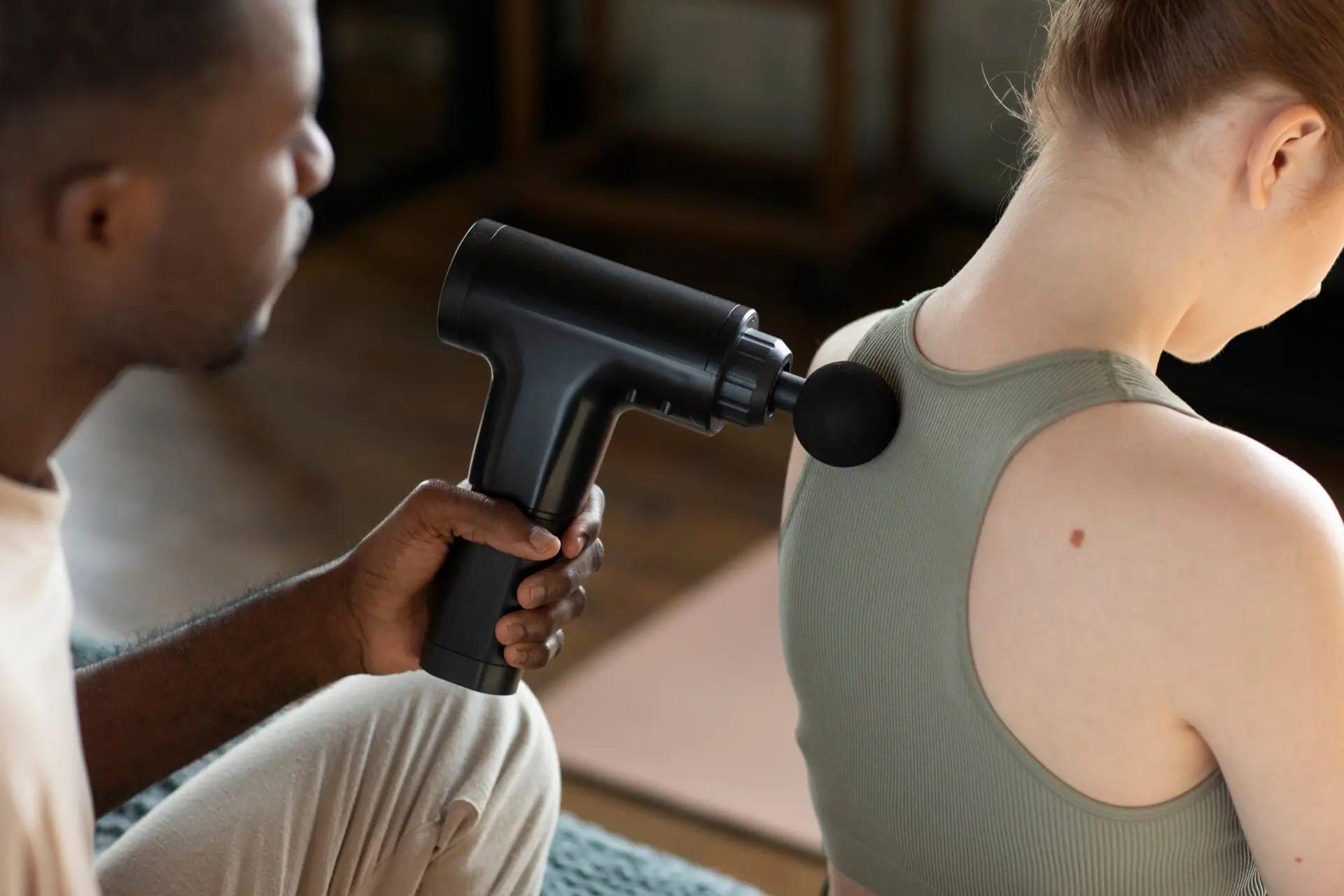In the world of physical therapy and manual medicine, the Strain-Counterstrain (SCS) technique stands out as a gentle yet highly effective approach for managing recent injuries and muscle strains. Developed by Dr. Lawrence Jones, SCS is a non-invasive, passive method that helps alleviate pain and restore function by addressing the body’s protective reflexes.
Understanding Strain-Counterstrain
Strain-Counterstrain operates on the principle of positioning the body in a way that shortens the affected muscle or tissue, reducing tension and allowing the body to reset its pain and reflex responses. This technique targets tender points, which are localized areas of pain or sensitivity in muscles, tendons, or ligaments often associated with acute injuries.
How Strain-Counterstrain Works
- Identifying Tender Points
The practitioner begins by palpating the body to locate tender points. These are often found near the site of injury or strain and indicate areas of dysfunction. - Positioning for Comfort
Once a tender point is identified, the practitioner gently moves the body into a position that reduces pain at the tender point, often involving slight flexion, extension, or rotation of a joint. This position, known as the position of ease, shortens the affected muscle fibers, relieving strain and tension. - Maintaining the Position
The patient remains in this relaxed position for approximately 90 seconds. During this time, the muscle spindle activity resets, interrupting the pain-spasm-pain cycle. - Gradual Return to Neutral
After holding the position, the practitioner slowly returns the patient to a neutral posture. This gradual transition helps maintain the newly restored balance in the muscle or tissue.
Benefits of Strain-Counterstrain for Recent Injuries
Strain-Counterstrain is particularly effective for addressing recent injuries and muscle strains due to its gentle and non-invasive nature. Here’s why:
1. Reduces Pain Quickly
By targeting tender points and releasing tension in injured tissues, SCS can provide immediate pain relief. This is especially beneficial for acute injuries, where pain and muscle guarding are prominent.
2. Promotes Natural Healing
SCS enhances circulation and reduces inflammation in the affected area, creating an optimal environment for tissue repair. Unlike forceful manipulations, this method works with the body’s natural healing processes.
3. Minimizes Risk of Further Injury
The gentle nature of SCS makes it ideal for treating recent injuries, as it avoids placing undue stress on damaged tissues. This is crucial in preventing aggravation of the injury or triggering additional muscle spasms.
4. Improves Mobility and Function
By releasing muscle tension and restoring proper joint mechanics, SCS helps patients regain mobility and function more quickly. This can significantly reduce downtime and expedite recovery.
Common Conditions Treated with Strain-Counterstrain
Strain-Counterstrain is versatile and can be applied to a variety of musculoskeletal conditions, including:
- Acute muscle strains
- Ligament sprains
- Whiplash injuries
- Postural imbalances
- Joint dysfunctions
- Sports injuries
A Safe and Effective Option for All
One of the most appealing aspects of Strain-Counterstrain is its suitability for individuals of all ages and fitness levels. Whether you’re an athlete recovering from a sports injury or someone dealing with the aftermath of an accidental strain, SCS offers a safe and effective path to recovery.
Strain-Counterstrain at Angel Touch
At Angel Touch, we integrate Strain-Counterstrain into our therapeutic massage and rehabilitation services. Our trained professionals use this technique to help clients recover from recent injuries, alleviate pain, and restore optimal function. Each session is tailored to the individual’s needs, ensuring a personalized and effective healing experience.
Conclusion
Strain-Counterstrain is a powerful tool for managing recent injuries and strains. Its gentle, precise approach not only alleviates pain but also promotes long-term healing by addressing the root cause of dysfunction. Whether you’re looking for immediate relief or a sustainable recovery strategy, Strain-Counterstrain offers a path to wellness that works in harmony with your body.
References
- Jones, L. H. (1981). Spontaneous Release by Positioning. Jones Strain-Counterstrain.
- D’Ambrogio, K., & Roth, G. B. (1997). Positional Release Therapy. Mosby.
- Dunning, J. R., et al. (2013). Tender point and strain-counterstrain methods in managing acute injuries: A clinical review. Journal of Manual & Manipulative Therapy, 21(4), 197-205.
- Chaitow, L. (2012). Clinical Application of Neuromuscular Techniques, Volume 2: The Lower Body. Elsevier Health Sciences.




